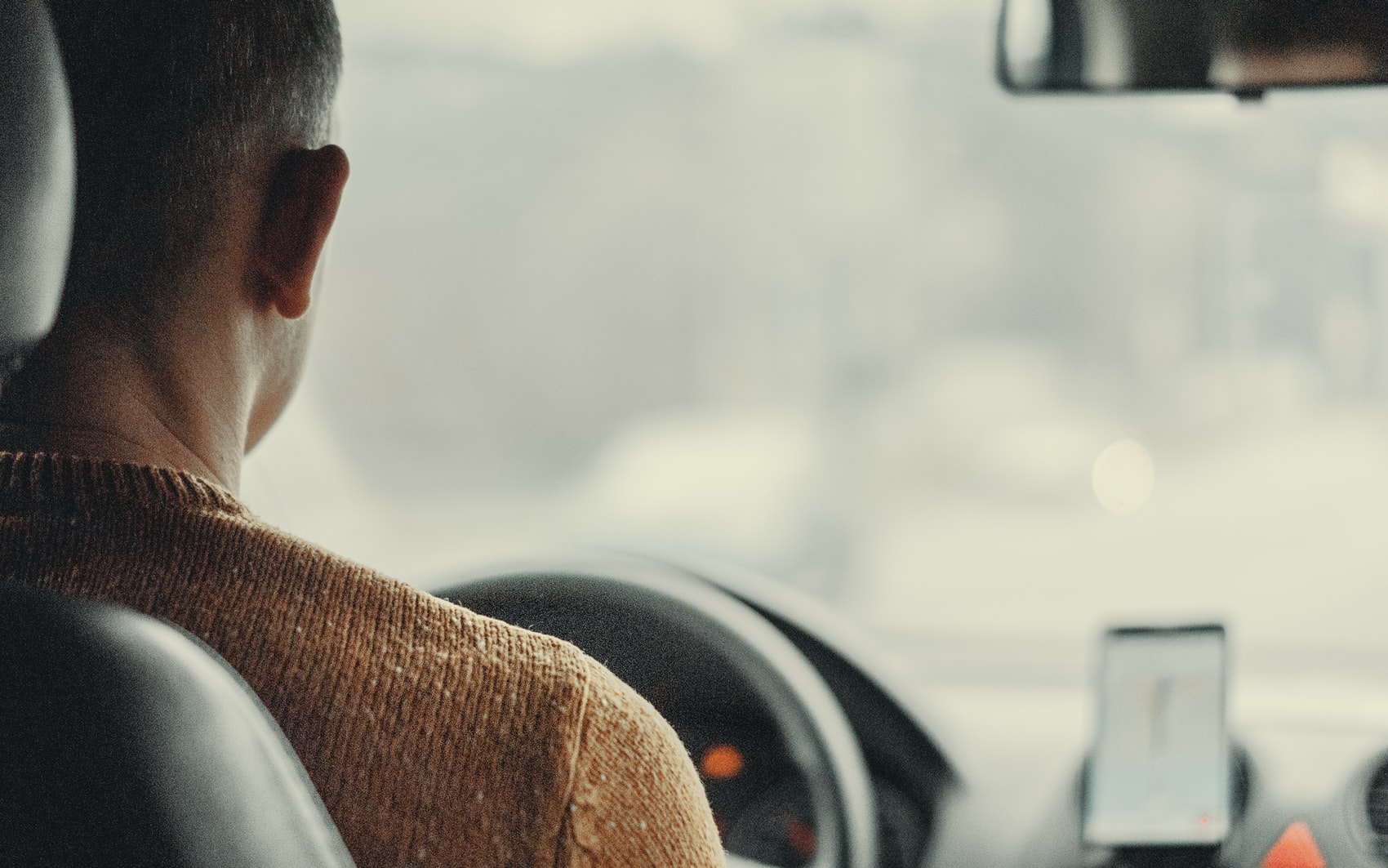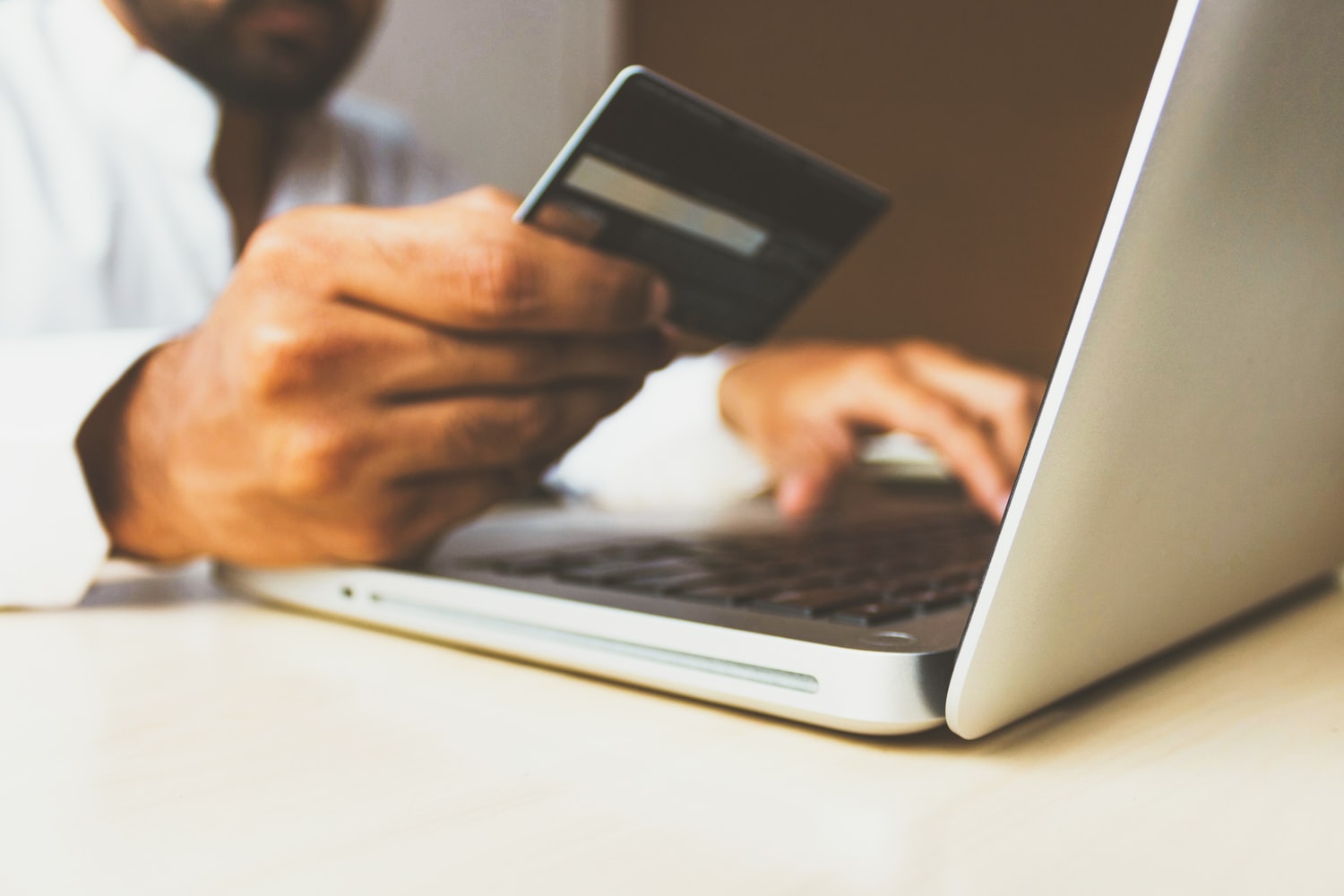Sean Claessen
A CX Game-Changer Puts Loyalty in The Fast Lane

With the online holiday shopping frenzy just around the corner, Bond announced our truly exciting partnership with Uber Direct, Uber’s retail-focused delivery service that just launched in Canada.

For loyalty program members redeeming their points, the collaboration means the days or weeks-long wait for catalog merchandise is coming to an end. Our latest purchase and redemption solution delivers rewards in near real time, right to people’s doorsteps. But what has really arrived is a new, blossoming era of the rethink of the customer journey and experience.
First, let me lay out how we got here. Like a lot of disruption in retail, the road leads back to Amazon. For better or worse, the online juggernaut has trained people to want their purchases more and more immediately—two days, one day, same day. This has set a new standard in the delivery experience that other retailers have struggled mightily to keep up with.
Now, tech-enabled, last-mile delivery solutions—or what I call “logistech companies”—are empowering retailers of all sizes to get customers their stuff within hours. Whether it’s tech giants like Uber or regional start-ups such as ShipperBee, these providers give businesses the last-mile capabilities they need to outmaneuver and ultimately beat Amazon at their own game. For loyalty program operators, it means they can turbo-charge the purchase and redemption experience, and swiftly meet customers’ rising expectations for speed and convenience.
In the rewards space, physical goods still matter to members (perhaps now more than ever, in the year of home), and redemptions continue to have positive impacts for programs. In Bond’s Loyalty Report, 72% of all members have made redemptions, and there is almost a two-fold (1.8 X) lift in satisfaction among redeemers versus non-redeemers.
However, for program operators across the retail, banking, travel and other key sectors, the product catalog itself isn’t the place to differentiate—they need to differentiate on the experience. Our research from The Loyalty Report found that the top drivers of loyalty include ease of the redemption process and the time it takes to receive redeemed rewards, which results in a 6.8 x satisfaction lift. That’s giant. In addition, more than two-thirds (68%) of loyalty program members find instant retail redemption appealing, and 32% are willing to pay a premium to instantly receive rewards. In addition, Uber’s research found that nearly three-quarters (74%) of consumers surveyed said same-day delivery increased their brand loyalty. Any way you slice it, some of the most profitable SKUs in retail right now aren’t the actual items—it’s faster delivery.

We’ve said before that a toaster is a toaster is a toaster, and generally speaking, that’s still true. Getting the experience of getting the toaster right is the way to gain a competitive advantage. And today, that means ensuring it’s easy to use, it’s enjoyable, and it provides immediate gratification.
By connecting the last mile of e-commerce with loyalty, we’re excited about a new era of customer experience. And this is just the beginning. As our partnerships grow and expand, we’ll increasingly blur the lines between traditional e-commerce and rewards, between customer acquisition and retention, and between rewards redemption and impulse purchasing.
Let’s say down the road, a grocery store loyalty program lets members use points to shop at a clothing retailer and get those items delivered immediately—that’s a compelling customer acquisition tool. Or, if a bank’s credit card program can turn rewards redemption into impulse purchases because of the speed and convenience of delivery—that significantly changes the economics of the underlying loyalty program.
As marketers, we’re all trying to figure out how to meet new expectations and new needs in today’s new ab-normal. One certainty is that the e-commerce landscape has radically changed, and customers’ expectations have changed along with it. Loyalty mechanics are going to a big part of the new e-commerce and digitally enabled customer journey—and can even help drive it forward.